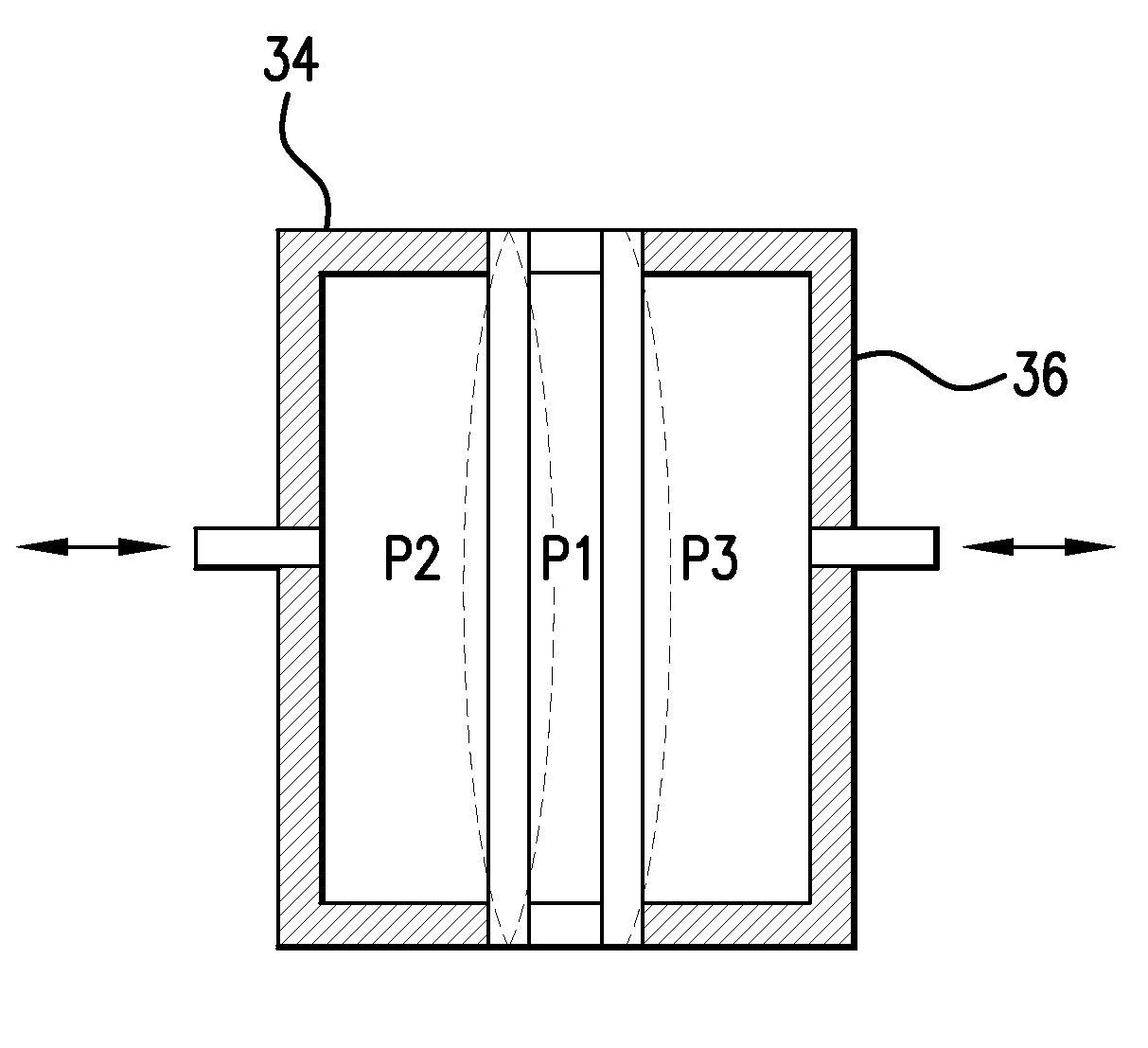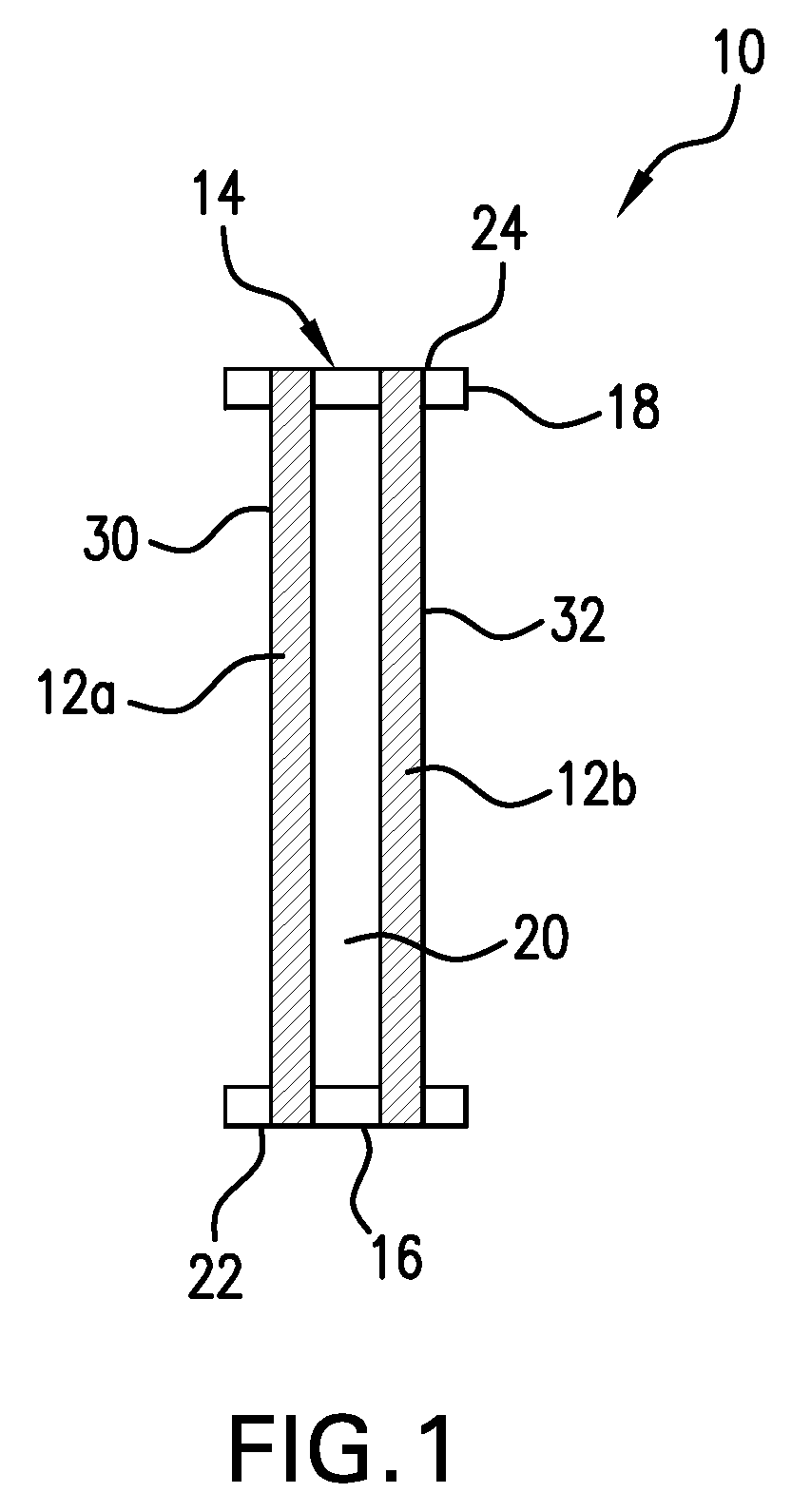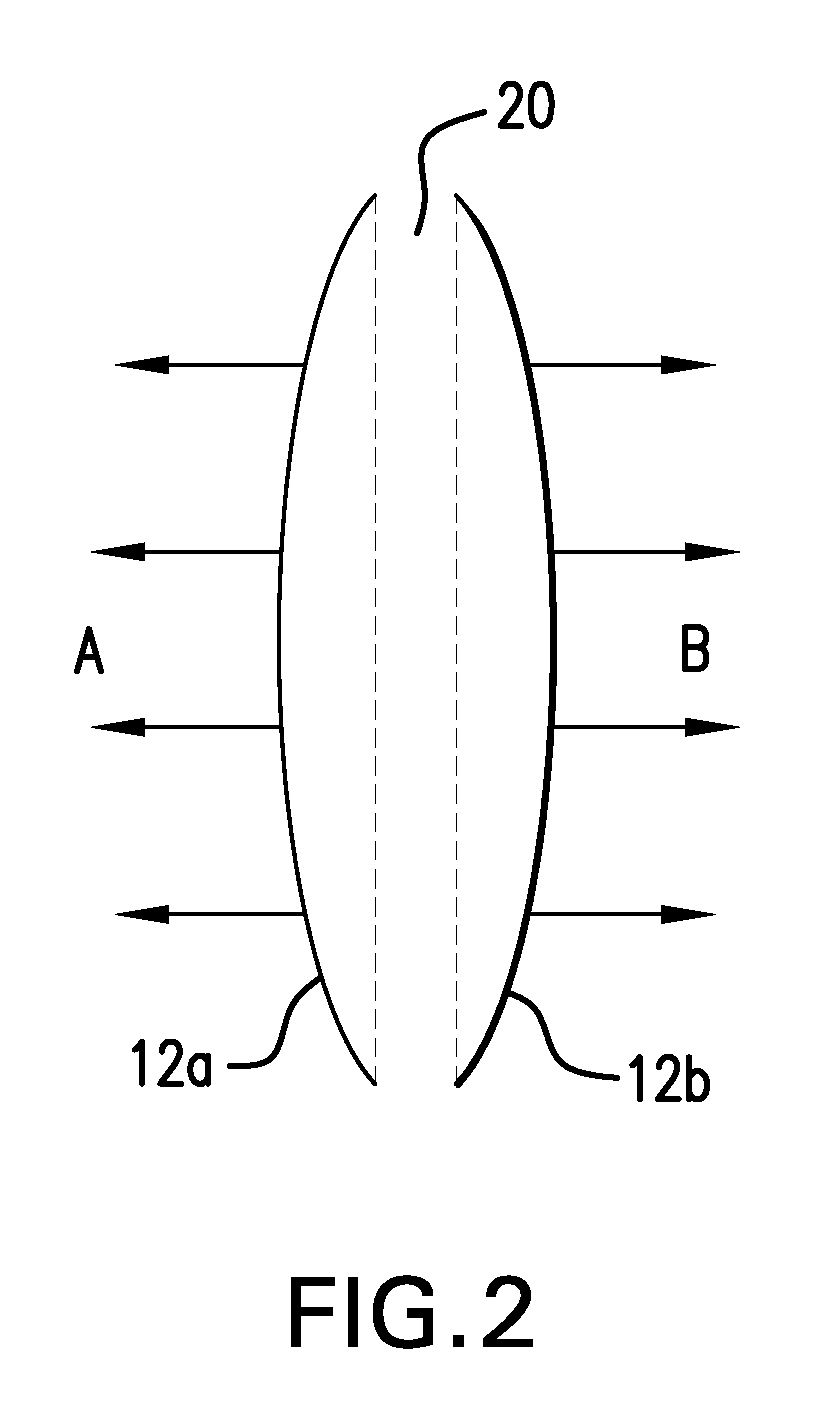Filling fenestration units
a technology of fenestration units and aerogel particles, which is applied in the field of insulated systems, can solve the problems of uneven translucence, diminished insulating properties, and difficulty in filling the internal cavity of such units, and achieve excellent insulating and optical properties, reduce or minimize settling, and increase the demand for energy conservation
- Summary
- Abstract
- Description
- Claims
- Application Information
AI Technical Summary
Benefits of technology
Problems solved by technology
Method used
Image
Examples
Embodiment Construction
[0024]The above and other features of the invention including various details of construction and combinations of parts, and other advantages, will now be more particularly described with reference to the accompanying drawings and pointed out in the claims. It will be understood that the particular method and device embodying the invention are shown by way of illustration and not as a limitation of the invention. The principles and features of this invention may be employed in various and numerous embodiments without departing from the scope of the invention.
[0025]The invention generally relates to insulated systems such as fenestration units and methods for producing them. The insulated systems can be used in buildings and other types of construction, transportation, storage containers, refrigeration, green houses, manufacturing or processing units and so forth.
[0026]Many embodiments of the invention relate to an insulating system which includes two or more walls and an insulator, ...
PUM
| Property | Measurement | Unit |
|---|---|---|
| light transmittance | aaaaa | aaaaa |
| surface area | aaaaa | aaaaa |
| thickness | aaaaa | aaaaa |
Abstract
Description
Claims
Application Information
 Login to View More
Login to View More - R&D
- Intellectual Property
- Life Sciences
- Materials
- Tech Scout
- Unparalleled Data Quality
- Higher Quality Content
- 60% Fewer Hallucinations
Browse by: Latest US Patents, China's latest patents, Technical Efficacy Thesaurus, Application Domain, Technology Topic, Popular Technical Reports.
© 2025 PatSnap. All rights reserved.Legal|Privacy policy|Modern Slavery Act Transparency Statement|Sitemap|About US| Contact US: help@patsnap.com



